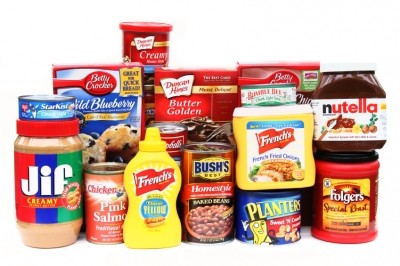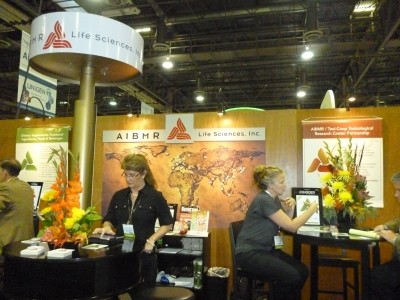Who has self-affirmed GRAS? New database addresses transparency concerns

Seattle-based AIBMR Life Sciences, which has helped dozens of firms prepare for GRAS determinations, launched the new GRAS Self-Determination Inventory Database (GSID) at the Supply Side West show in Las Vegas this week.
The move follows heavy criticism of the GRAS process from Pew Health Group, which argues there are serious weaknesses in a regulatory system that allows companies to self-affirm the safety of their own ingredients without the approval - or even the knowledge - of the Food and Drug Administration (FDA).
As there is no legal requirement to inform the FDA of self-affirmed GRAS ingredients, argues Pew, there is currently no formal, central, record of these substances or data on how widely used they are in the nation's food supply.
Database will grow
GSID, which you can access here, attempts to address this issue by collating publicly available data on self-affirmed GRAS ingredients from trade publications and other sources and putting it all in one open, online database that it hopes the industry will keep updated.
The initial list is not exhaustive, however, and the ingredients in it have not all been verified by AIBMR Life Sciences, stressed chief scientific officer John R. Endres.
But it could be the start of something big, he added: "It is our hope that the industry will continue to provide up-to-date information to AIBMR in order to make the GSID as accurate as possible."
Pew: Database is not detailed enough to allow for adequate oversight
However, Tom Neltner, who is heading up a three-year investigation into food additive regulations at Pew, told FoodNavigator-USA that the information in GSID was not detailed enough to be of use.
"The identity provided by AIBMR’s database are not sufficient for FDA – or the public – to allow for adequate oversight.
"According to FDA’s 1997 proposed rule on GRAS notifications, the identity of the substance includes 'as applicable, its chemical name, Chemical Abstracts Service (CAS) Registry Number, Enzyme Commission number, empirical formula, structural formula, quantitative composition, method of manufacture (excluding any trade secrets and including, for substances of natural biological origin, source information such as genus and species), characteristic properties, any content of potential human toxicants, and specifications for food-grade material. AIBMR’s database supplemented by the links provides little of that information."
He added: "We urge AIBMR to update its spreadsheet to include all of the chemicals it determined on its own were safe enough to be allowed in the food we eat...
"Other food companies and their consultants should disclose this information as well. Without this information, we won’t know how many other chemicals are being added to our food without knowledge of the public or even the FDA. We hope that this will spur stronger government action as well to ensure the chemicals allowed in our food are safe."
The FDA is completely in the dark
Speaking to us earlier this year, Neltner explained what he had uncovered two years into Pew's three-year probe into food additives.
“Of the 10,000 chemicals added to food we looked at, we believe more than 3,000 have never gone through an FDA review and for at least 1,000 of these, the FDA has received no notification at all.
“The other 2,000 are flavors and at least there are records of these from the Flavor and Extract Manufacturers Association (FEMA), but for the 1,000 other substances, the FDA is completely in the dark. We think this is the first time that anyone has tried to calculate just how big this number might be.”
“There is a loophole here that appears to have swallowed the law. How can the FDA ensure the safety of chemicals added to food if it has no information on one in 10 of the chemicals in question?"
Who is on these panels? Are they independent?
Moreover, there is no mechanism for ensuring the independence and sufficiency of the expert determinations companies rely on for GRAS determinations, he added.
“Who is on these panels? How many people sit on them? Are they independent? Or are companies judging their own work?”
He added: “Another problem is that if you do decide that you will submit the findings of your panel of experts to the FDA, they may and often do come back and ask questions. And if it looks as if you could receive a letter saying there is insufficient evidence to support the GRAS status of your ingredient, you can withdraw your notification voluntarily.
“This happens in a significant number of cases. And in some of these, if a company does not resubmit the GRAS determination to the FDA, it may market the products [anyway]."
To get a self-affirmed GRAS ingredient added to the GSID, contact John R. Endres at nvozevasb@nvoze.pbz.











